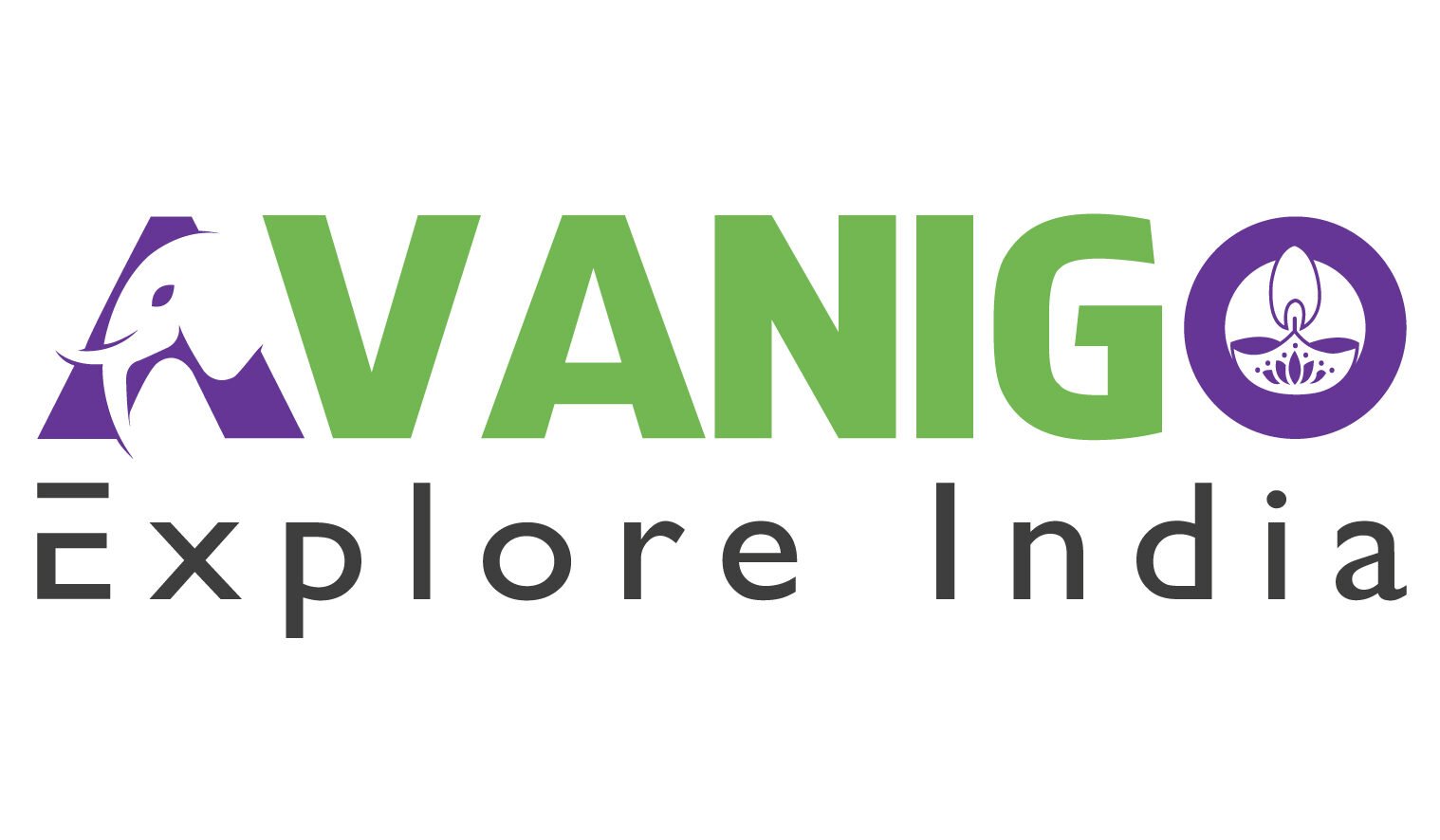Panchayat Raj system in India an exceptional leap taken to help Indian villages make essential decisions. Thanks to the Panchayati System, villagers have a voice in the decisions made on local projects and feel more empowered in bettering their villages. In this article, you will learn everything about what is Panchayat Raj system and how it helps villages.
Quick Navigation
What is the Panchayat Raj System in India?
Panchayati Raj System in India is a system of governance that advocates giving the locals a voice in their choices to improve their villages. Under this system, each village gets to elect their leaders from the local community – these leaders are called the Panchayats. The Panchayats’ job is to ensure the village’s needs are heard and addressed.
There are different levels of Panchayats.
- At the most minor level is the Gram Panchayat for each village.
- Then there’s the Panchayat Samiti, which oversees a group of villages in a “block”.
- Finally, above them is the largest group – the Zilla Parishad. They help oversee things at the more considerable district level.
Origin of the Panchayat Raj System
Historically, villages were led by elders in the community called Panchayats. They helped make decisions and take care of local matters. But over hundreds of years, this system became weaker as our country underwent many changes.
Then, after gaining independence in 1947, our leaders realized we needed to empower villages again from grassroot level. In 1957, a group led by Balwant Rai Mehta, suggested having Panchayati Raj as the third level of government below national and State levels.
This committee said there should be Gram Panchayats for each village. And bigger Panchayats called Samitis for blocks of villages and Parishads at the district level, too. Many other committees met over the decades to refine this model.
Finally, in 1992, the government added a new rule to our Constitution, officially recognizing Panchayati Raj. Now, most states follow this except a few. Elections are held regularly so villagers can choose their Panchayat members.

Significance of the Panchayat Raj System
The Panchayat Raj ssytem is an important component in the governance and India country profile. The Panchayat Raj system in India is essential for development of villages in the following ways:
Involves villagers in development
The Panchayat system ensures all community members participate in identifying local challenges and finding solutions. In Gram Sabha meetings, people freely discuss their villages’ needs, like the repair of handpumps or constructing an Anganwadi. This helps Panchayats prioritize work according to the residents’ requirements. Read about Pradhan Mantri Jan-Dhan Yojana
Decentralizes power
Panchayats shift the authority to take decisions from distant state governments to the grassroots level. Village communities can approve necessary developmental activities like building a road or installing solar lamps near the school. This empowerment motivates people’s participation in the progress of their areas.
Improves amenities
As the frontline development implementation unit, Panchayats work to boost basic amenities and services in villages. Activities involve setting up primary health centres, upgrading Anganwadis with nutritious meals, and digging and maintaining open wells for drinking water. This directly enhances living standards and accessibility of conveniences for rural folk. Read India vs. Bharat: The significance of the word “Bharat”
Uplifts livelihood
Panchayats launch livelihood-generating programmes based on villagers’ skills and the region’s resources. Self Help Groups of women get support for activities like organic farming, dairy cooperatives and sewing. Men participate in fishery, poultry or carpentry-related collectives. Such initiatives infuse new economic opportunities, supplementing farm-based income.
Empowers women
The Panchayati Raj system in India reserves one-third of seats for women in all local bodies, giving them leadership roles. Elected women representatives get to address challenges faced by fellow females, like domestic violence incidents or lack of sanitation in schools. This makes rural governance sensitive to women’s issues and boosts their decision-making capacity at the community level.
Protects ecology
To maintain a balanced ecology, Panchayats establish forest management committees. Activities include planting native trees, preventing unlawful tree-felling and supporting the care of commons. Regular awareness sessions ensure villagers judiciously use natural resources through vermicomposting and rainwater harvesting, benefitting the environment.
Enhances knowledge
The Panchayati Raj system in India builds an understanding of various topics through training programs and campaigns. Health sector initiatives focus on hygiene, nutrition and prevention of infectious diseases. Schoolchildren and teachers attend interactive exhibits on conservation. Farmers get exposed to modern techniques through soil testing demonstrations at the block level. This furthers holistic community advancement.
We know now that the Panchayat Raj System promotes inclusive growth of rural India from the ground level up.

Composition and hierarchy of the Panchayat Raj System
The term “Panchayati Raj” a democratic rule done by five elements. Now let’s see the different parts that make the Panchayati Raj System in India successful:
Gram Sabha
Gram Sabha is a village assembly comprising all adults residing in that area. It holds four compulsory quarterly meetings a year under the guidance of the Gram Panchayat. Gram Sabha discusses and ratifies local development schemes, finances, and resources before implementation.
Gram Panchayat
Led by an elected Sarpanch, Gram Panchayat executes decided development works within a revenue village. Members oversee clean water supply, roads, sanitation, and shared resource maintenance like schools and cremation grounds. Funds are managed according to the village plan in consultation with Gram Sabha. Regular reviews ensure the timely completion of schemes for citizens’ welfare, like nutrition gardens and streetlights.
Panchayat Samiti
It is responsible for an intermediate block level comprising many Gram Panchayats. Essential functions involve monitoring projects across panchayats, such as managing primary healthcare, soil testing, and providing agriculture tools on subsidy. Fund allocation is considered based on each Panchayat’s needs for activities like vet hospitals, nurseries and watershed programs. Read: Vasudhiava Kutumbakam The Eternal Philosophy of Indian Culture
Zilla Parishad
As the top tier body of a district, Zilla Parishad administers coordinated progress of rural regions under it. Primary responsibilities are social forestry programs, improving education through infrastructure grants and roads connecting blocks. Resources are planned judiciously following the district panchayat development agenda discussed with all stakeholders for balanced growth.

Importance of Elections in Panchayat System
Regular elections are conducted to choose representatives from different levels of Panchayats. This is very important as:
- Elections make Panchayats truly democratic organizations. All adult citizens get to vote for their representatives directly. This gives villagers a powerful voice when choosing local leadership.
- Polls are conducted regularly once every five years by impartial State Election Commissions. This instils transparency and fairness in the entire process. Nobody can unlawfully capture Panchayat’s positions.
- Voters assess work done by existing office-bearers. If the majority is unsatisfied, a fresh team gets elected peacefully through the ballot. This ensures continuous accountability of Panchayat functions to the public.
- Panchayat members realize people can replace them at any time. So elected representatives work hard to address pressing local matters and complete planned projects before their tenure ends.
- Regular elections also prevent misuse and accumulation of power in a few hands. A person or family can only briefly dominate a Panchayat with people’s ongoing renewal of their mandate.
- Free and fair elections encourage more involvement from disadvantaged groups. Seats are reserved for Scheduled Castes, Scheduled Tribes and women in all Panchayats according to their population ratio. This gives marginalized sections direct representation in village politics.
- Reserved seats motivate excluded groups, especially rural women, to put themselves forward as leaders. Many women have effectively used their mandate to resolve issues important for fellow females in their communities, such as access to essential services.
- Conducting Panchayat polls simultaneously across the State involves enormous logistical challenges. Yet State Election Commissions pull this off efficiently with crores of voters casting their franchise. This mammoth periodic exercise is essential to sustain grassroots democracy.
- Elections strengthen the three-tier structure of the Panchayati Raj system. Candidates campaign and win positions at Gram Panchayat, Panchayat Samiti and Zilla Parishad levels through democratic choice. This validates devolved governance with people’s active participation and ownership.
- In the long run, regular local elections will help develop a culture of inclusive development. As more citizens experience their electoral rights, the vibrancy of rural politics will rise across India through collective decision-making from villages up.
Celebrating National Panchayati Raj Day
On April 24th, we observe National Panchayati Raj Day annually. This day marks the 73rd Constitutional Amendment’s successful implementation.
Various programs are organized across India to mark the occasion. Schools hold competitions to increase children’s understanding of the democratic system. Achievements of successful Panchayats are felicitated.
Celebrating this day is a way to highlight the importance of rural development through Panchayat Raj. It also encourages more people to participate actively in the local governance of their villages. Read: Interesting facts about the Indian flag
Challenges Faced by Panchayats
While much progress has been made, a few challenges remain for Panchayats:
Resources: Meeting all development works requires massive funds, which State budgets may only sometimes provide. Panchayats do not have independent tax rights either.
Capacity Building: The knowledge and technical skills of grassroots leaders must be enhanced to strengthen local governance institutions continuously.
Social Barriers: Marginalized groups may still need to overcome hurdles in taking advantage of the reservation of seats without attitudinal changes.
Monitoring and Evaluation: Regular assessment is needed if allotted development money reaches intended beneficiaries and is appropriately utilised.
Addressing such gaps through cooperating with governments, civil society, and citizens can help Panchayati Raj achieve its full potential. With young leadership emerging, the future looks promising.
Conclusion
The Panchayat Raj System in India has dramatically empowered villagers and transformed rural India since independence. It has brought administration closer to people through a decentralized governance model. Though challenges remain, the future looks bright as more youth and women participate as Panchayat leaders. With continued efforts, every village in India will prosper. Our country will achieve balanced development across urban and rural areas.

